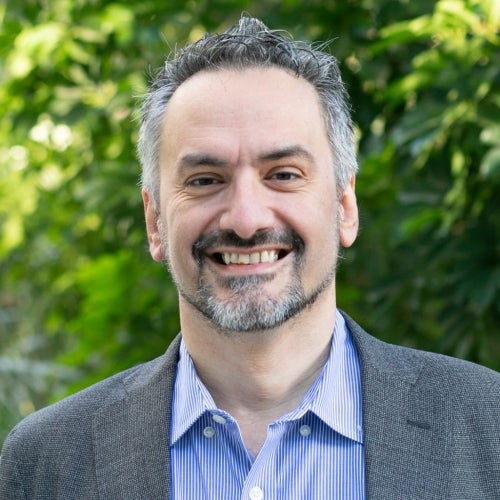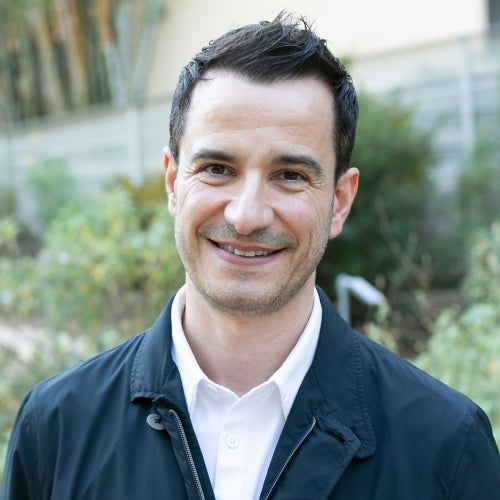National Institutes of Health funds project to rapidly analyze the spread, evolution of COVID-19
UCLA faculty collaborating with top computational scientists at Scripps Research and Johns Hopkins University.
A research project designed to help answer basic questions about the spread of COVID-19 and co-led by UCLA faculty has received a $1.3 million grant from the National Institutes of Health (NIH), officials said Thursday.
One of the co-leaders of the project is Dr. Marc Suchard, professor of biostatistics, Biomathematics, & Human Genetics at the UCLA Fielding School of Public Health. Suchard is the senior developer of an open-source software program that’s used by more than 1,000 research groups worldwide to understand, on a genomic level, how infectious diseases spread.
“Through the creation of new, scalable statistical models, we’ll be able to more clearly identify the factors that affect viral transmission and virulence for SARS-CoV-2,” Suchard said. “Not only will this allow us to understand whether certain public health measures are working, but it also will help predict how the disease could spread under different circumstances.”
At its highest level, the project seeks to make complex information easier to understand, revealing patterns that would otherwise go unnoticed. By fostering a greater understanding of the virus among researchers and the public, the team hopes that governments around the world can improve their response to the COVID-19 pandemic and minimize future outbreaks.
Suchard’s collaborators include Kristian Andersen, professor in the Department of Immunology and Microbiology at Scripps Research in La Jolla, California, and Lauren Gardner, of Johns Hopkins University in Baltimore. The project is operating out of the Scripps Research-led Center for Viral Systems Biology, where Suchard serves as modeling core lead. The funding supplements an initial $15 million NIH grant that enabled Andersen to launch the center in 2018, with the goal of helping eradicate infectious diseases such as Ebola and Lassa.
“The problem is that existing tools for analyzing infectious diseases can’t see how all of these factors are interconnected,” Andersen said. “Even the most advanced tools either aren’t capable of dealing with the amount of data we have today or aren’t appropriate for the types of questions we’re trying to answer.”
Once the new tools are developed, the genomic data and the other information will build on the Johns Hopkins COVID-19 Dashboard and Scripps Research’s Outbreak.info website, both of which are available to the public. The Johns Hopkins dashboard, developed by Gardner, has become the world’s most accessed resource for real-time COVID-19 information.
For this project, Gardner will build on her expertise in epidemiological risk and mathematical modeling to integrate new layers of information, such as climate, land use and mobility.
“Our goal is to weave together rich data layers that we will continuously analyze, creating real-time updates on the rapidly evolving pandemic,” said Gardner, associate professor in the Department of Civil and Systems Engineering at Johns Hopkins. “From a public health perspective, it’s essential to see how the virus is really spreading and how mitigation efforts are working.”
Faculty Referenced by this Article

Automated and accessible artificial intelligence methods and software for biomedical data science.




























